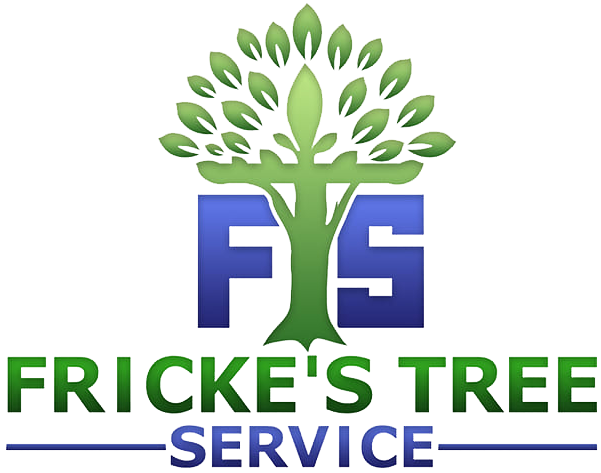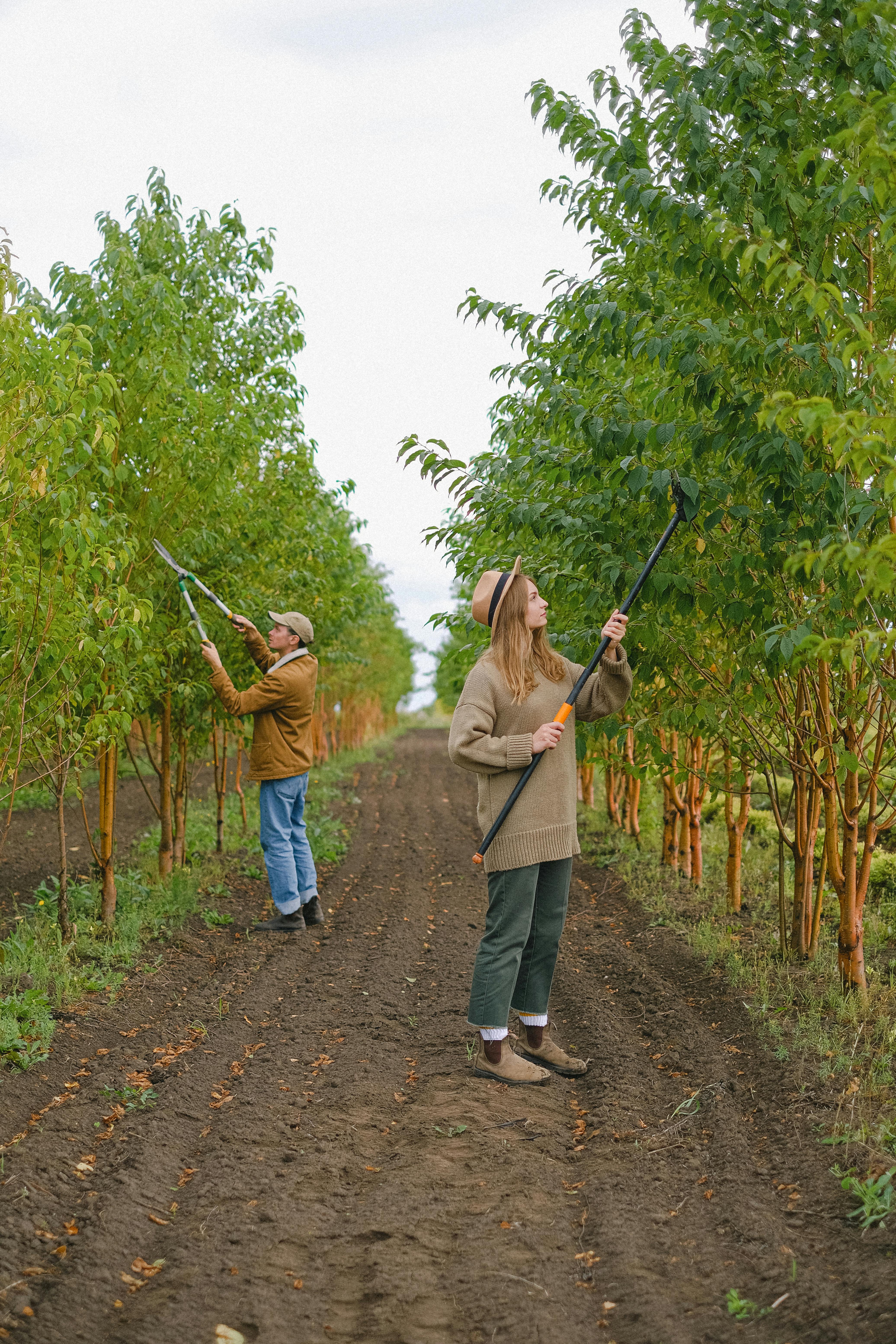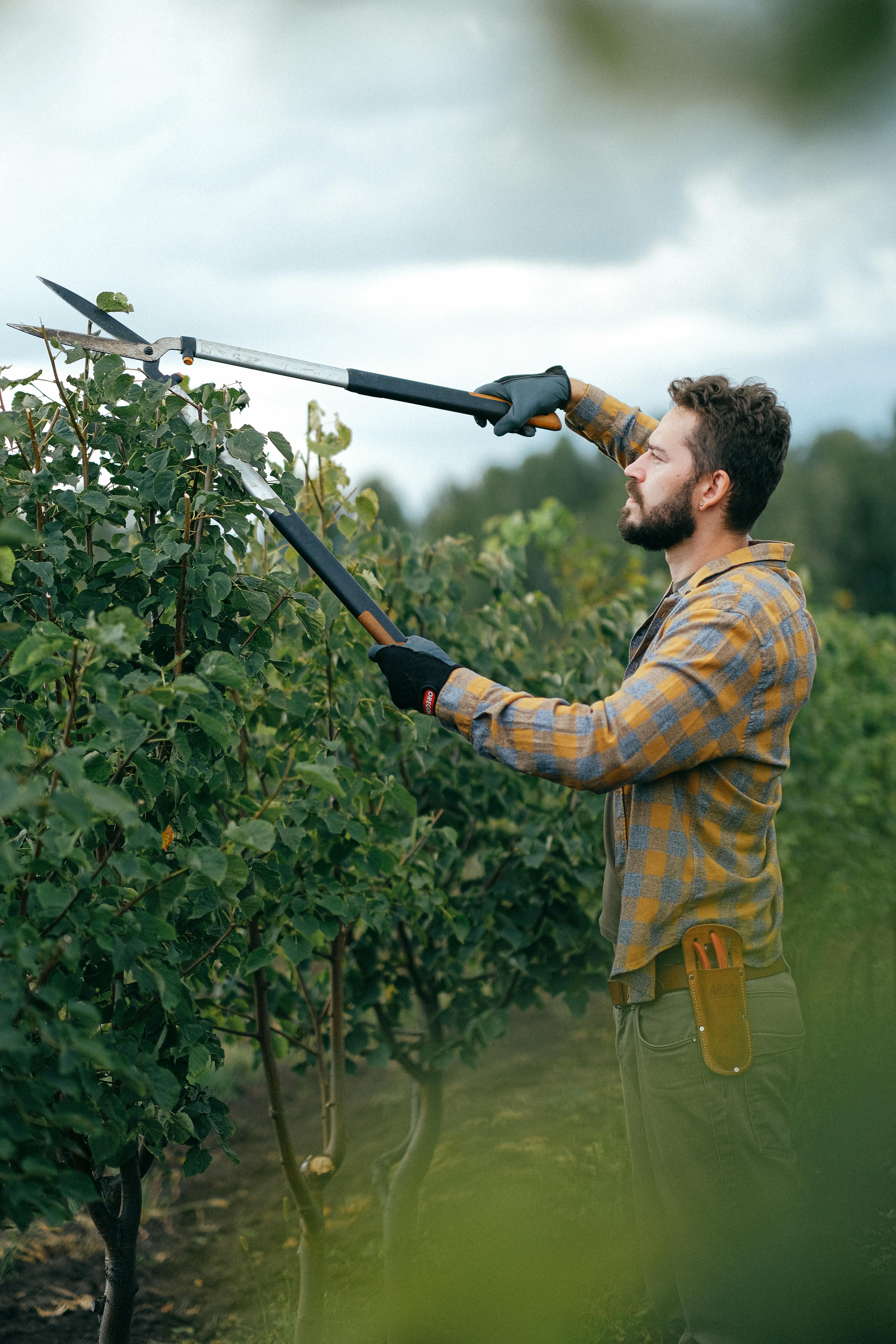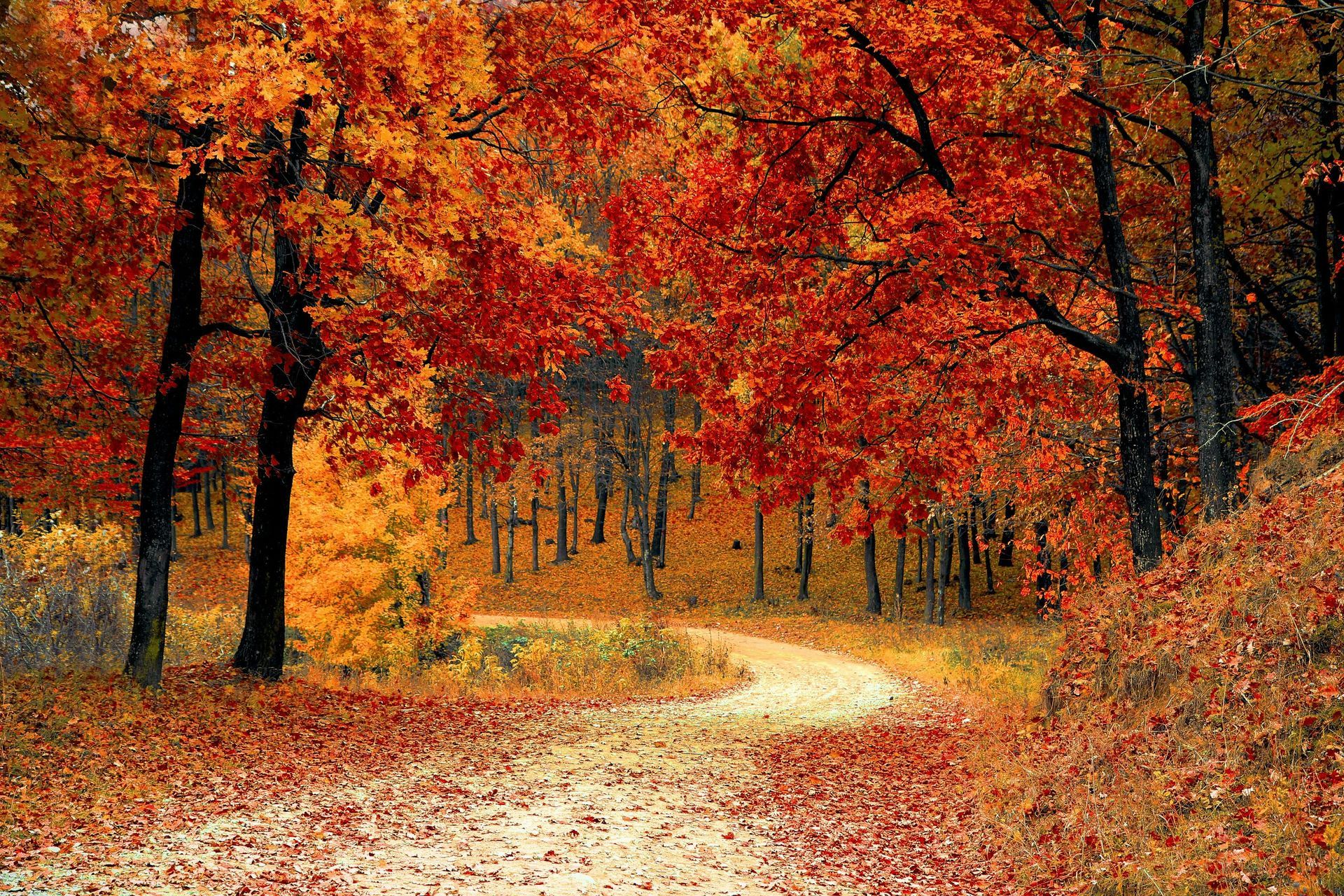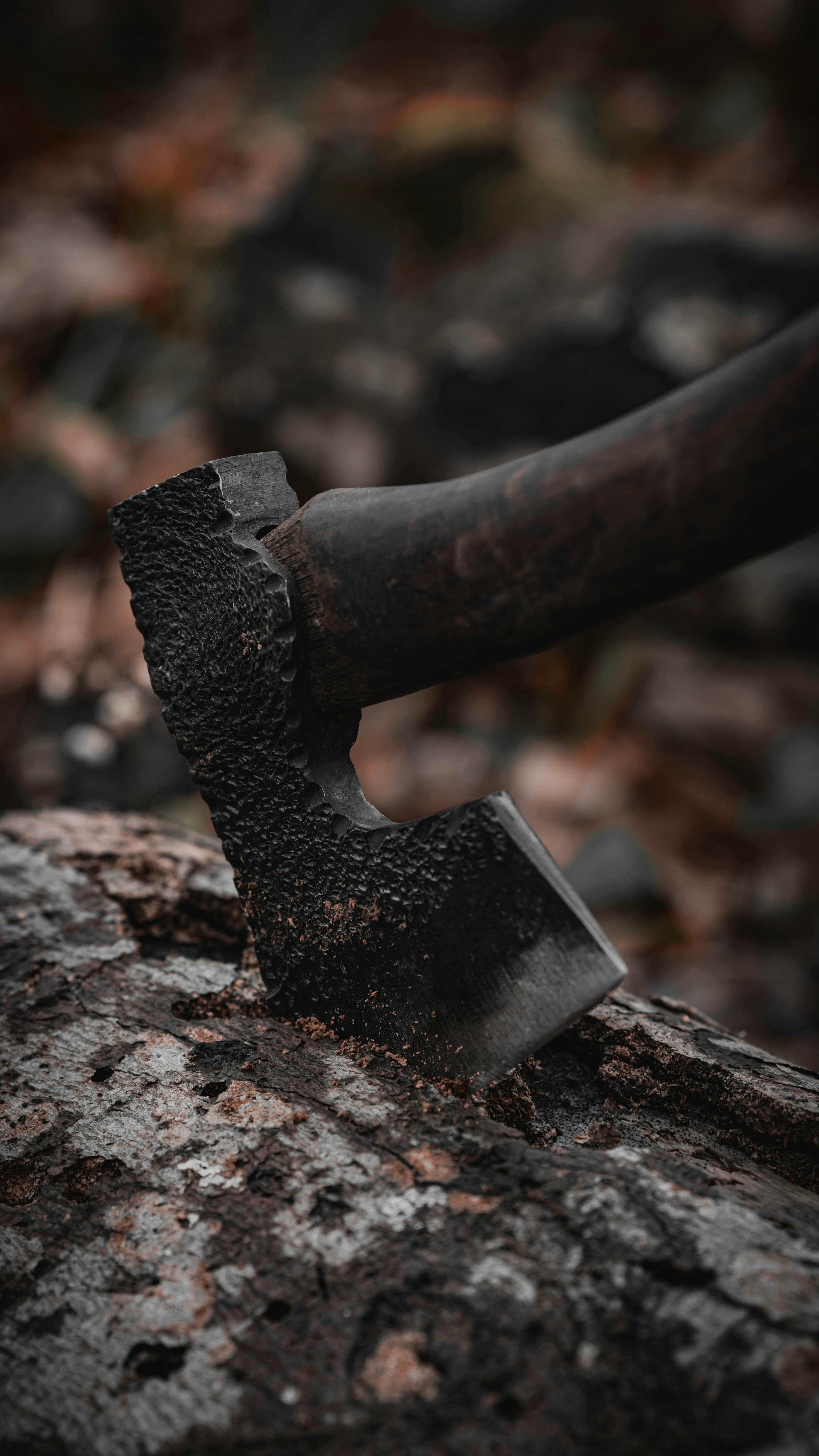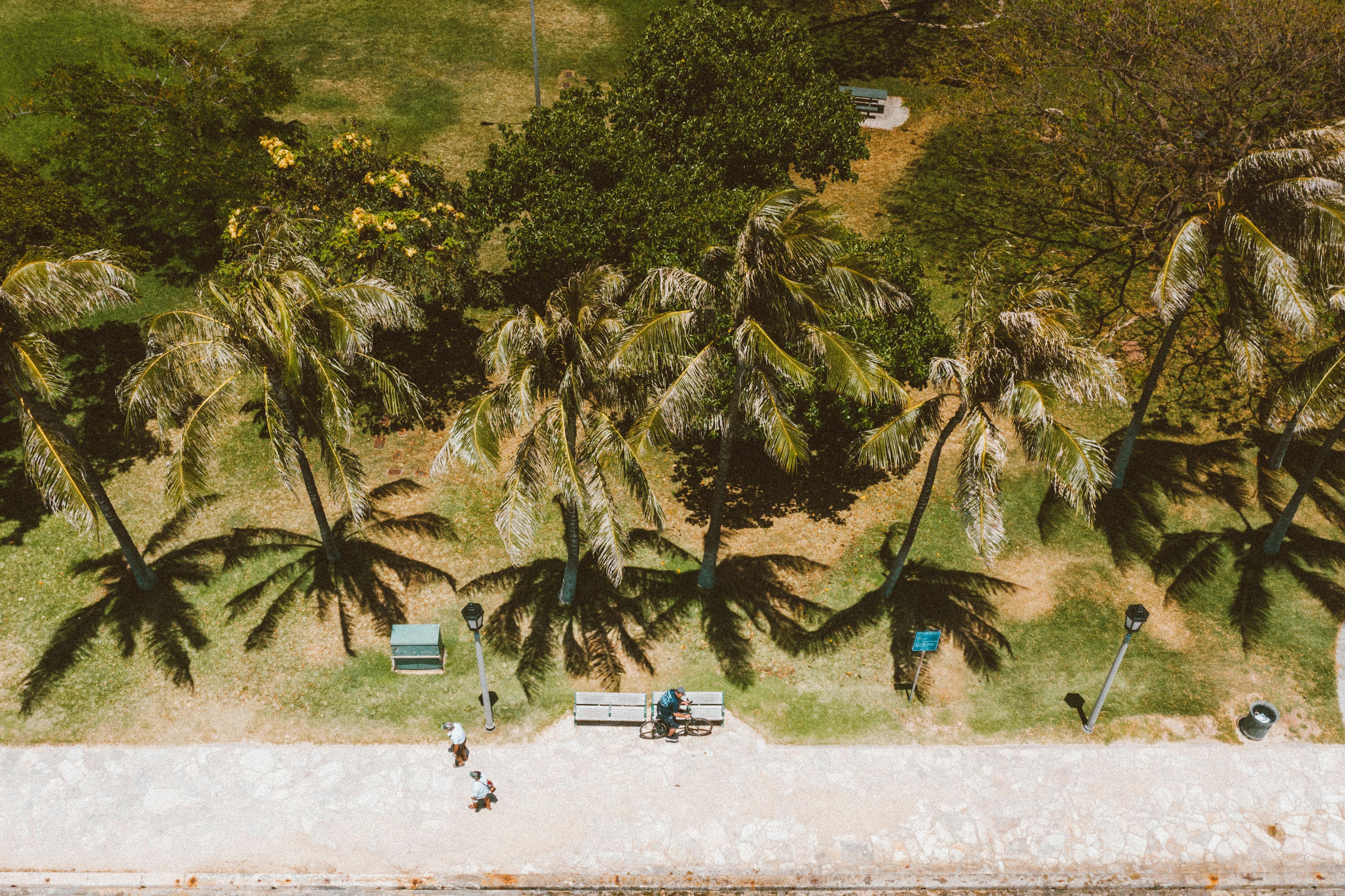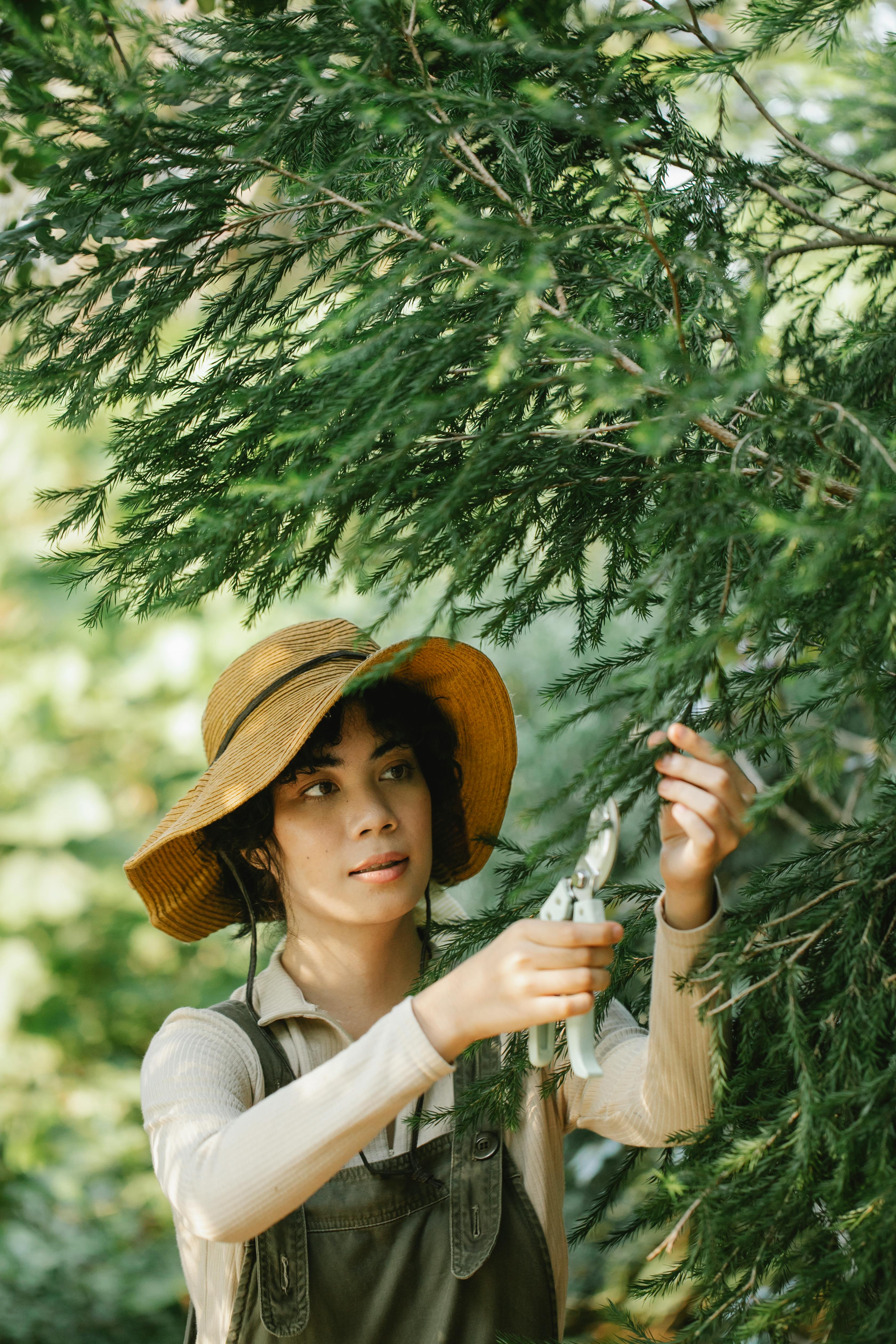Fricke's Tree Service
Discover 5 Trees for a Greener Landscape
5 Tree Species Perfect for Sustainable Landscaping
Enhancing Your Landscape with Sustainable Choices
When it comes to landscaping, choosing the right tree species is crucial for creating a sustainable environment. Not only do trees provide shade and beauty, but they also play a vital role in improving air quality, conserving water, and supporting local wildlife. In this post, we will explore five tree species that are perfect for sustainable landscaping, ensuring your outdoor space is both eco-friendly and aesthetically pleasing. By selecting trees that are well-suited to your local climate and soil conditions, you can create a thriving ecosystem that benefits both your property and the surrounding environment.1. Red Maple (Acer rubrum)
The Red Maple is a popular choice for sustainable landscaping due to its adaptability and vibrant fall color. This tree thrives in a variety of soil types and can tolerate wet conditions, making it ideal for areas prone to flooding. Its stunning red foliage in autumn adds a splash of color to any landscape, making it not only functional but also visually appealing.- Benefits: Provides excellent shade, attracts wildlife, and improves air quality.
- Growth Rate: Fast-growing, reaching heights of 40-60 feet.
- Maintenance: Low maintenance; requires minimal pruning.
Ideal Planting Conditions
Red Maples prefer full sun to partial shade and can be planted in both urban and rural settings. They are also resistant to many pests and diseases, making them a reliable choice for sustainable landscaping. Additionally, their ability to adapt to various soil conditions allows them to thrive in diverse environments, further enhancing their appeal as a landscaping option.2. Eastern Red Cedar (Juniperus virginiana)
The Eastern Red Cedar is a native evergreen that offers year-round beauty and numerous ecological benefits. This tree is drought-tolerant and can thrive in poor soil conditions, making it an excellent choice for sustainable landscaping. Its evergreen foliage provides a lush backdrop throughout the year, while its aromatic wood is highly valued for various uses.- Benefits: Provides habitat for birds and other wildlife, and its dense foliage acts as a windbreak.
- Growth Rate: Moderate growth, typically reaching heights of 30-40 feet.
- Maintenance: Very low maintenance; requires little to no watering once established.
Landscaping Uses
Eastern Red Cedars are perfect for privacy screens, windbreaks, or as standalone specimens in your landscape. Their aromatic wood is also resistant to decay, making it a sustainable choice for outdoor structures such as fences and garden furniture. Furthermore, their ability to provide shelter for various bird species enhances the biodiversity of your garden.3. Sweetgum (Liquidambar styraciflua)
The Sweetgum tree is known for its star-shaped leaves and stunning fall colors. This deciduous tree is not only beautiful but also plays a significant role in sustainable landscaping by improving soil health and providing habitat for various species. Its unique seed pods can also serve as a food source for wildlife, making it a multifunctional addition to your landscape.- Benefits: Attracts pollinators and provides food for wildlife.
- Growth Rate: Fast-growing, reaching heights of 60-75 feet.
- Maintenance: Moderate maintenance; may require occasional pruning.
Environmental Impact
Sweetgums are excellent for erosion control and can help improve soil quality through their leaf litter. They thrive in a variety of soil types and can tolerate both wet and dry conditions. Their ability to adapt to different environments makes them a versatile choice for various landscaping projects, from residential gardens to larger public spaces.4. Black Locust (Robinia pseudoacacia)
The Black Locust is a fast-growing tree that is often used in sustainable landscaping due to its nitrogen-fixing abilities. This means it can improve soil fertility, making it a great companion plant for other species. Its fragrant white flowers in spring attract pollinators, further enhancing the ecological value of your landscape.- Benefits: Attracts beneficial insects and provides excellent shade.
- Growth Rate: Very fast-growing, reaching heights of 30-50 feet.
- Maintenance: Low maintenance; requires minimal care once established.
Planting Considerations
Black Locust trees prefer well-drained soil and full sun. They are also resistant to many pests and diseases, making them a hardy choice for sustainable landscaping. Their ability to thrive in less-than-ideal soil conditions makes them an excellent option for areas where other trees may struggle to grow.5. Serviceberry (Amelanchier spp.)
Serviceberry is a small tree or large shrub that offers beautiful white flowers in spring, edible berries in summer, and stunning fall foliage. This tree is perfect for sustainable landscaping as it supports local wildlife and provides food for birds and other animals. Its multi-season interest makes it a valuable addition to any garden.- Benefits: Attracts pollinators and provides food for wildlife.
- Growth Rate: Moderate growth, typically reaching heights of 15-25 feet.
- Maintenance: Low maintenance; requires minimal pruning.
Landscaping Benefits
Serviceberry trees are ideal for small gardens or as understory trees in larger landscapes. Their berries are not only delicious but also provide a food source for various birds and mammals. Additionally, their beautiful flowers and foliage can enhance the visual appeal of your landscape throughout the seasons.Conclusion: Making Sustainable Choices
Choosing the right tree species for your landscape is essential for creating a sustainable environment. The five species discussed—Red Maple, Eastern Red Cedar, Sweetgum, Black Locust, and Serviceberry—offer numerous benefits, from improving air quality to providing habitat for wildlife. By incorporating these trees into your landscaping, you can create a beautiful and eco-friendly outdoor space that supports biodiversity and enhances the overall health of your local ecosystem. Ready to enhance your landscape with sustainable tree species? Contact us today for an estimate! Our team is here to help you select the perfect trees for your specific needs and ensure that your landscaping project is both successful and environmentally friendly.RECENT POSTS
Interested in Our Services?
Get in touch today to discuss your next project and we will happy to answer any questions and provide you with a no-obligation FREE Estimate.
Contact Details
Address: 427 Pleasant Oaks Trl, Osteen, FL 32764, United States of America
Phone: (321) 240-5613
Email: jonfric@yahoo.com
Quick Links
Contact Details
Address: 427 Pleasant Oaks Trl, Osteen, FL 32764, United States of America
Phone: (321) 240-5613
Email: jonfric@yahoo.com
